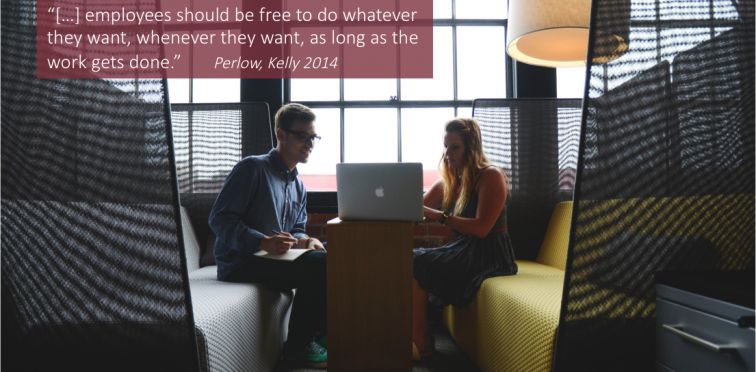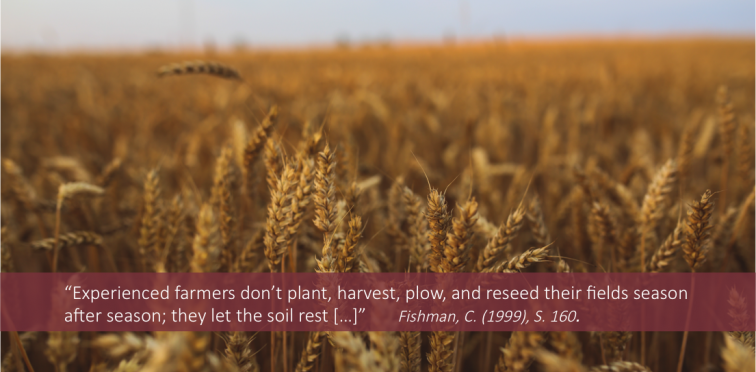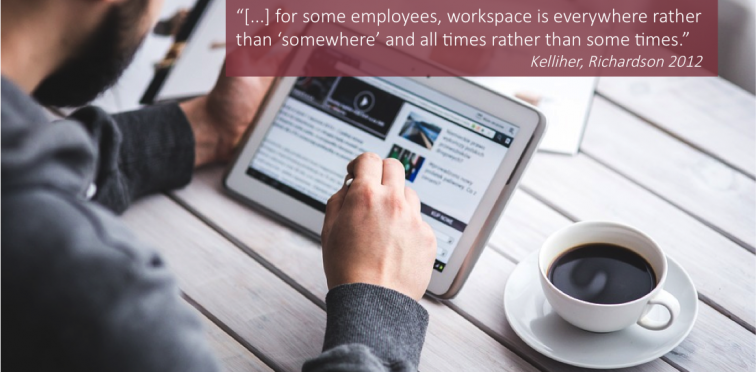The nature of work and the way it is organized continues to undergo profound transformation. "Always-on, always connected:" The ability to a access information and to tap into our social network anytime and anywhere has become a familiar experience to increasing parts of society. The once familiar notion of "workplace" has been stripped of its physical boundaries. In particular, mobile technologies empower the individual to fashion their own work environment, freeing the employee form the confines of time and place that once characterized work. Instead, individual solutions to the demands of work and private life are conceivable.
Yet, the impact of technology seems ambivalent. Information and communication technology supports a kind of social acceleration that manifests in "high speed society" in which an increased pace of work together with heigthened levels of competition become our constant companions. While ICT empower employees to find and enact individual solutions to the demands of modern life, the technology seems to burden or force employees to accommodate a culture of 24/7 responsiveness - a constant availability to the needs of the company.
Appeals, incentives, and rules as well as particular technical design features are commonly accepted means to “correct” unsustainable behavior and to foster employees’ wellbeing. We don't believe that these existing remedies will be enough. Indeed they may foreclose a discussion that centers on developing the necessary skills for the individual worker to thrive in the digital workplace.
In line with the direction of the transformation, we argue that the enpowerment of individuals and teams should not be limited to technical tools but needs to include a reflection of what matters and how to find an appropriate response to the dilemmas of modern work. Exercising this ability is what we call „crafting work in the digital workplace“.
Why "crafting" work?
- It builds on experience (masterhood) instead of evoking abstract rules.
- It incorporates a sense of constant care, a drive towards continuing refinement.
- It emphasizes longevity rather than bricolage or short-term solution.
- It requires to assume responsibility and to take control.




